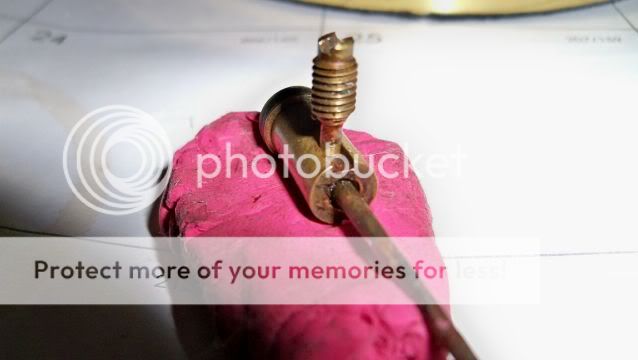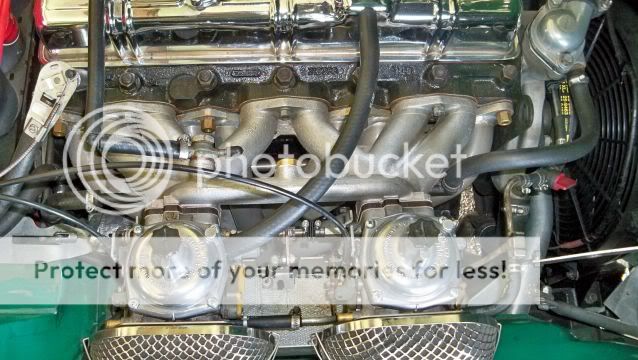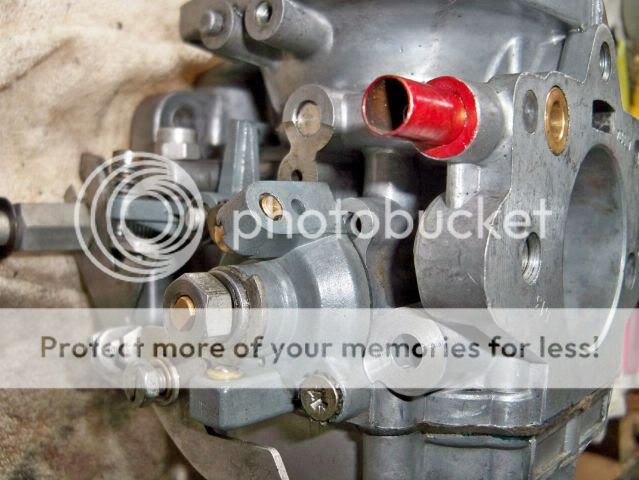Good day-new to this site and i need a bit of help I started my 74 TR6 this spring , fouled the sparkplugs at the rear of motor It wanted to run only with the choke engaged.Now it seems to be running on only the front carb-(I tried to balance them and have air only being pulled into the front carb ) I must admit i have ajusted and changed the settings , thinking this would be an easy fix even blaming this wretched gas we seem to be using here--Any help in pointing me in the correct direction would be appreciated
Terry
Terry

 Hi Guest!
Hi Guest!

 smilie in place of the real @
smilie in place of the real @
 Pretty Please - add it to our Events forum(s) and add to the calendar! >>
Pretty Please - add it to our Events forum(s) and add to the calendar! >> 






